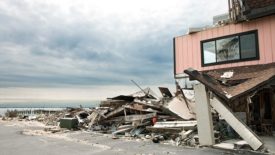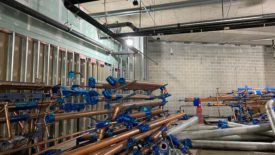Home » plumbing engineers
Articles Tagged with ''plumbing engineers''
Engineers need to ensure their projects stand the test of time… and the elements.
Read More
James Dipping: A deep dive into water pipe sizing
Selecting pipe size is not as simple as looking at a chart.
November 8, 2022
Christoph Lohr: Plumbing research and the larger picture
Misunderstanding Roy — Part 4
November 4, 2022
Ethan Grossman: Get your motor running’
A deep dive into understanding how motors work.
November 3, 2022
PM Engineer 2022 Plumbing Engineer of the Year
Highly regarded industry veteran loves imparting his knowledge to students.
October 12, 2022
Nicole Krawcke: In hot water
Protect your clients from future litigation.
October 11, 2022
Todd Stuart: Prefabrication nation
Engineers and mechanical contractors save on labor and project time.
October 7, 2022
David Dexter: Who designs the perimeter and foundation drainage system?
Questions asked and answered on ASPE’s Open Forum.
October 6, 2022
Christoph Lohr: Low-flow rates impact sanitary piping and domestic water systems
Misunderstanding Roy — Part 3
October 5, 2022
Get our new eMagazine delivered to your inbox every month.
Stay in the know on the latest plumbing, piping, hydronic and fire protection trends.
SUBSCRIBE TODAYCopyright ©2024. All Rights Reserved BNP Media.
Design, CMS, Hosting & Web Development :: ePublishing
















